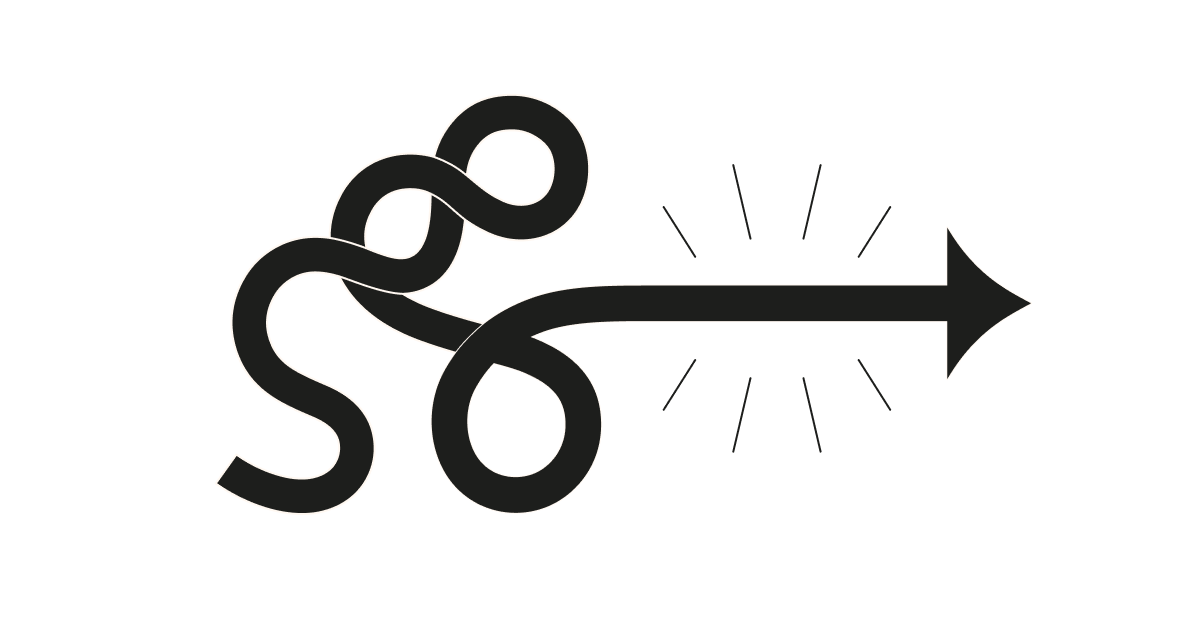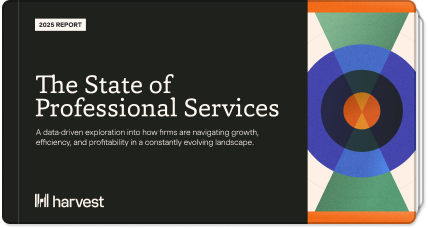
Do you know where your profits are coming from? Or how your leads eventually convert to paying customers? Without a measurable, organized marketing funnel, the answers to these questions might not come easily.
Carrying out marketing projects without using a funnel is like inviting people to a party but forgetting to give them instructions on how to get to your house. If they don’t know how to get there, they’re not going to show up — and all that planning you put into your shindig goes to waste.
Instead of letting your efforts go down the drain, build them up the funnel. In this article we’ll walk through what marketing funnels are, how they’re structured, and how you can harness their powers to boost profit, better understand clients, and drive growth.
What is a marketing funnel?
Also referred to as a conversion funnel, a marketing funnel is a framework of the customer journey — from learning about your business to purchasing your services. Understanding what a marketing funnel is helps you make decisions on what information you should present, as well as how you should present it to hit your conversion goals.
It’s called a marketing funnel because it looks like — you guessed it — a funnel:
.png?width=675&height=675&name=Add%20a%20heading%20(1).png)
The funnel visualizes the customer journey so you can tailor your marketing efforts based on where the prospect is in the funnel (more on that later). If someone has zero knowledge of your company, it’s very rare that they would convert right away. In fact, 63% of consumers require three to five sales touch points before they start to trust a brand.
With that in mind, it helps to use each layer of the funnel to build interactions with the intention of progressing the prospect to the next stage.
How do marketing funnels work?
Now that you’ve got an understanding of the basic function of a funnel, let’s dive into how it actually works so you can get started driving more sales. As mentioned above, there are various stages that make up a marketing funnel. Most funnels align with the following model:
A: Awareness
I: Interest
D: Desire
A: Action
Awareness
The awareness stage, or the top of the funnel, is where prospects first discover your brand. It’s highly unlikely that anyone in this stage is going to make a purchase — your goal here is to gain a high reach and get as many eyeballs on your campaigns as possible — instead of focusing on the sale, focus on generating interest.
Remember, not everyone who sees these campaigns are going to buy. They may be considering you as an option, but at this stage there are plenty of other competitors out there that they’re considering.
Which is why the main goal of the Awareness stage is to use display advertising to get in front of your target audience and create brand recognition by doing it consistently. You want to plant the seed in the prospect’s mind by proving your expertise and authority.
Interest
At the Interest stage, prospects are now aware of your business and have decided they’re curious about learning more. However, they’re still considering other competitors because you haven’t fully proven that your brand is the clear choice.
Your goal for the Interest stage is to prove value and worth. Tap into your existing client-base and highlight positive testimonials, showing the customer why they should move forward with you. This is also a good time to showcase why you’re the right choice over those competitors.
Desire
Now, the prospect wants to do business with you — but you haven’t sealed the deal yet. The desire is there, they just need an extra push or incentive to make the purchase. Now is when you can offer a special promotion, sweeten the pot with a free trial, and provide excellent customer service during that trial so they’re confident in their purchase decision.
Action
The Action stage is when your prospect officially becomes a client. Your marketing efforts should give them a reason to act quickly, using things like limited time offers and discount incentives to promote urgency. It’s best to give them a reason to make the purchase today instead of waiting to mull it over for another month.
And once the sale is made, be sure to follow up with them to build a relationship and ensure trust.
How do you optimize your marketing funnel?
Using a marketing funnel can certainly boost your profits and sales, but only if you use it the right way and optimize the process. The best way to do that is to identify which stage of the funnel each project is attached to, and ensure the team members who are responsible for carrying the project out are on the same page.
Tip: Harvest’s time tracking makes it easy to keep everyone on the same page by giving you the necessary tools to track each project and the time spent on various tasks. Get started with a free trial here.
Optimization at the top of the funnel
To make the most of your marketing strategies for Awareness, or top of funnel, prospects, you’ll need a lot of brand awareness. A few good strategies include:
- Social media marketing
- Google Ads and pay-per-click
- Blog posts that capture organic traffic for keywords with high search volumes
Optimization at the middle of the funnel
The middle of the funnel consists of the Interest and Desire stages. Focus on producing high-quality content marketing that will motivate them to progress from Interest to Desire, and Desire to Action.
This stage can include content like:
- Blog posts that focus on how your business solves the prospect’s pain points
- Content that promotes your business’ strengths
- Customer testimonials
- Gated content that results in prospect contact information
Optimization at the bottom of the funnel
Now is the time to offer promotions that create value and urgency around the Action stage. Free trials are a great way to show off your quality service and convince prospects to buy.
More bottom of funnel strategies can include:
- Automated email marketing campaigns
- Case study content
- Optimized landing pages with testimonials
Regardless of your industry, a marketing funnel helps you nurture your prospects into becoming lifelong customers, while also propelling your business past your competitors. In order to make these efforts worthwhile, your funnel needs to be thoughtful, organized and optimized, while keeping your buyer’s needs top of mind.
And the best way to ensure your marketing projects are organized and running smoothly is to use a time tracking tool like Harvest to keep track of each initiative, understand which projects are profitable, and confidently plan for the future. Get started with a free trial today.















